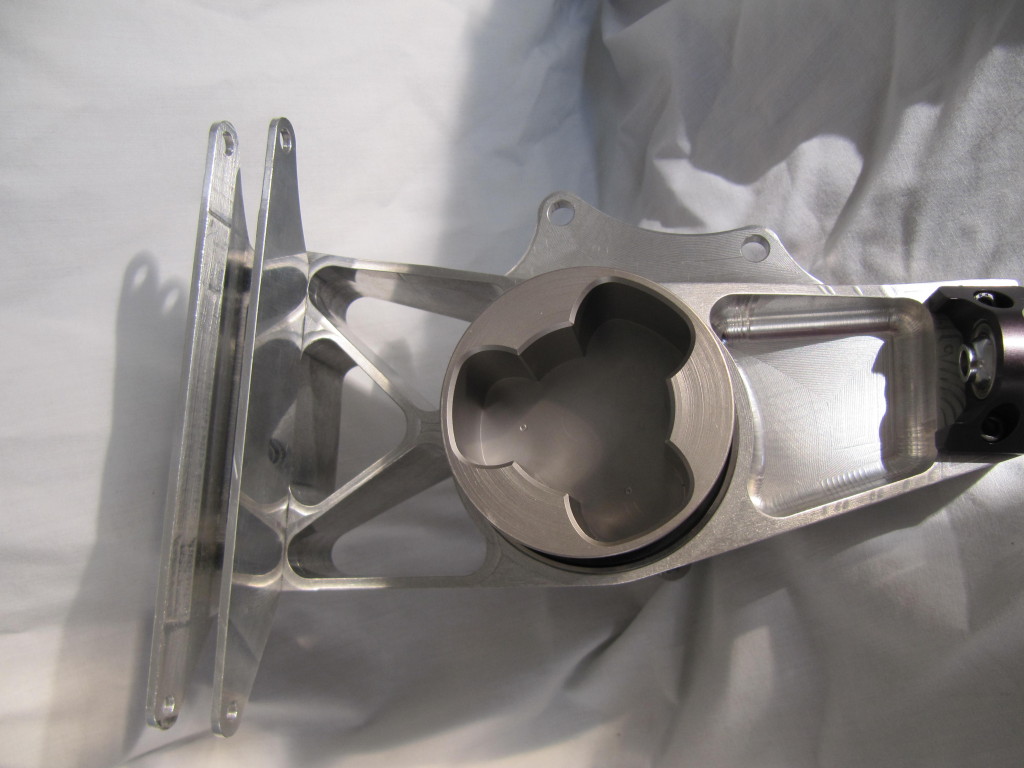The Ariel Atom has some odd design choices*.
The fellow at DPcars.net documented his efforts to deal with them here: http://www.dpcars.net/atom/
That said it does look great!
-William
*example: regressive shock geometry, the "hole" in the bottom of the chassis where he put braces

|
|



 Reply With Quote
Reply With Quote

